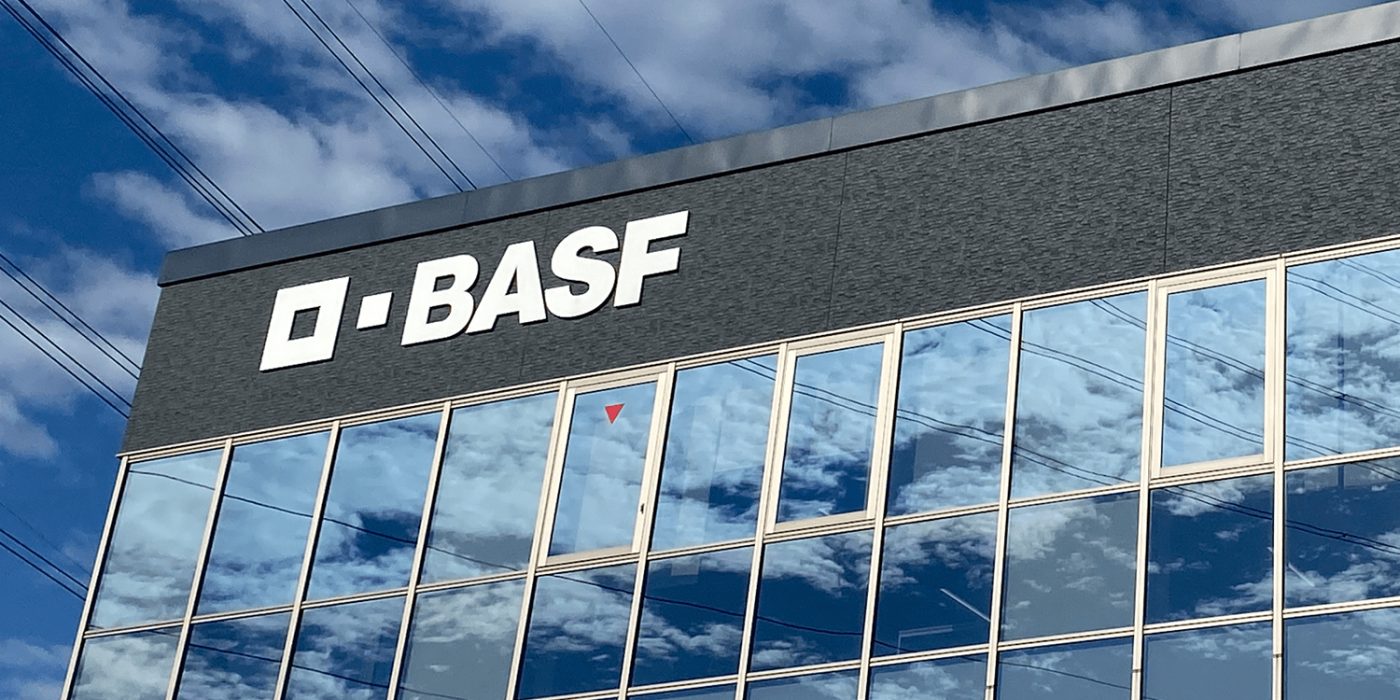
Accordingly, Zacks evaluates according to criteria including value trends, growth and momentum to discover great companies.
Looking at the history of the three investment strategies above, perhaps the most popular approach is value investing. This strategy simply involves identifying companies that are undervalued by the market. Value investors use fundamental analysis and traditional valuation metrics to find stocks that they believe are undervalued by the market.
Zacks has developed an innovative Style Scores system that highlights stocks with specific characteristics for each strategy.
BASF is a stock that many investors are interested in right now. BASF has a Zacks Rank of #2 (Buy) and an A for Value. The stock has a Forward P/E of 10.74, which is lower than its industry's average Forward P/E of 12.92. Over the past 12 months, BASF's Forward P/E has ranged from a high of 12.03 to a low of 7.08, with an average of 9.82.
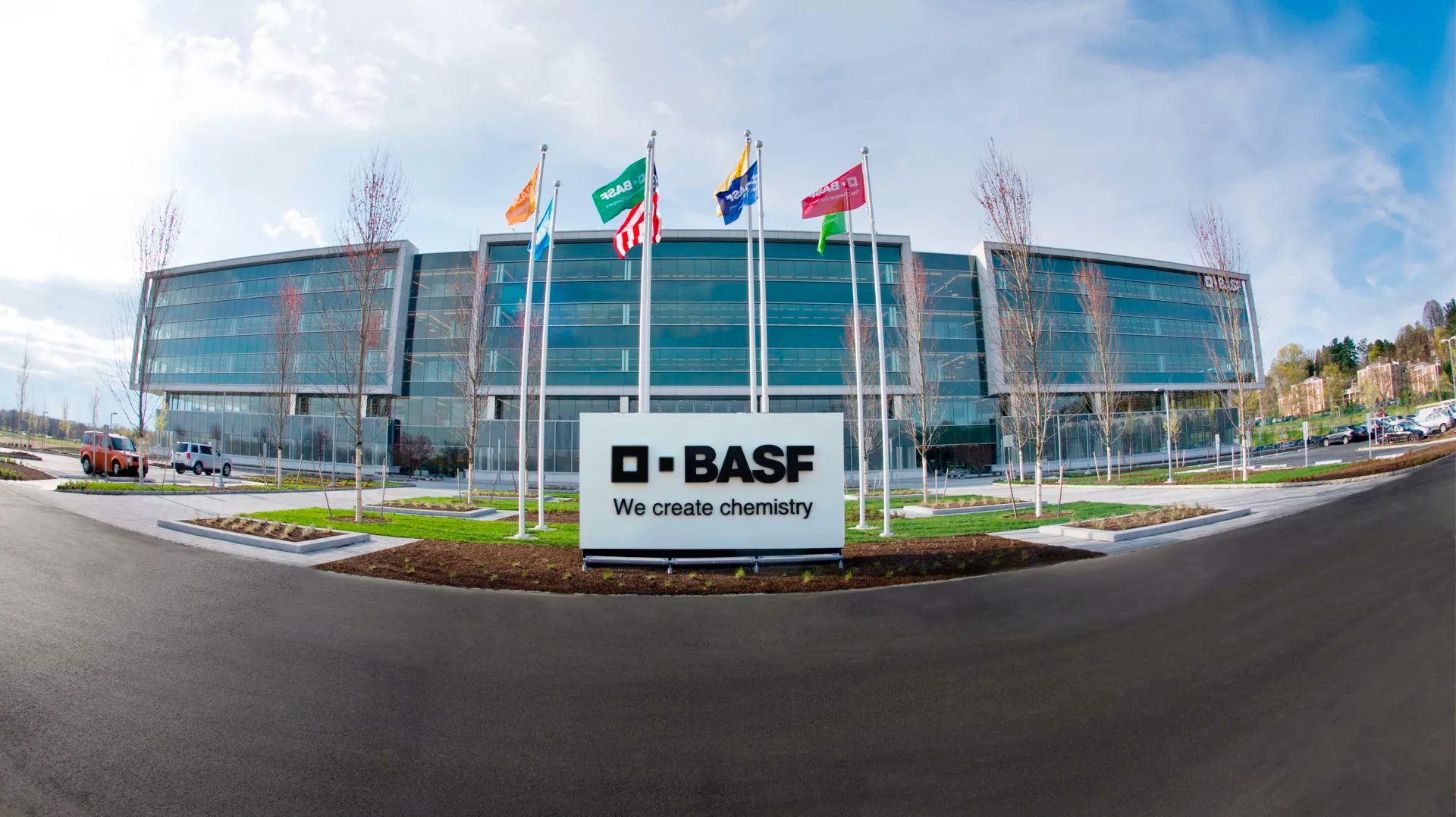
Investors should also note that BASF has a PEG ratio of 0.61x. This multiple is quite similar to the commonly used P/E ratio, but takes into account the company's expected earnings growth rate. BASF's PEG is lower than the industry average PEG of 1.60. Over the past 12 months, BASF's PEG has ranged from a high of 0.67 to a low of 0.44, with an average of 0.52.
Investors may also be interested in BASF's P/B ratio of 1.09. Investors use the P/B ratio to look at a stock's market value relative to its book value, which is defined as total assets minus total liabilities. BASF's current P/B is attractive when compared to the industry average P/B of 1.87. Over the past year, BASF's P/B has ranged from a high of 1.23 to a low of 0.70, with an average of 0.93.
Value investors also frequently use the P/S ratio, which is calculated by dividing a company's market capitalization by its revenue. Some investors prefer this metric because revenue figures are harder to manipulate on an earnings report. This means that P/S can be a more accurate indicator of business performance. BASF has a P/S ratio of 0.53, which is lower than the industry average of 0.68.
These are just a few of the metrics that go into BASF's Zacks Value Score, but they help demonstrate that the stock may be undervalued right now. When combined with its earnings outlook, it becomes clear that BASF is an impressive value stock worth considering.
What is BASF worth?
Good news for investors – BASF is still trading at a relatively cheap price. The intrinsic value of the stock is currently estimated at €62.84 but it is currently trading at €49.31 on the stock market, meaning there is still an opportunity to buy now.
What’s more interesting is that BASF’s stock price is quite volatile. This gives us more buying opportunities, as the stock price could fall (or rise) in the future. This volatility is due to its high beta, an indicator of how volatile a stock is compared to the rest of the market.
Can growth be expected from BASF?
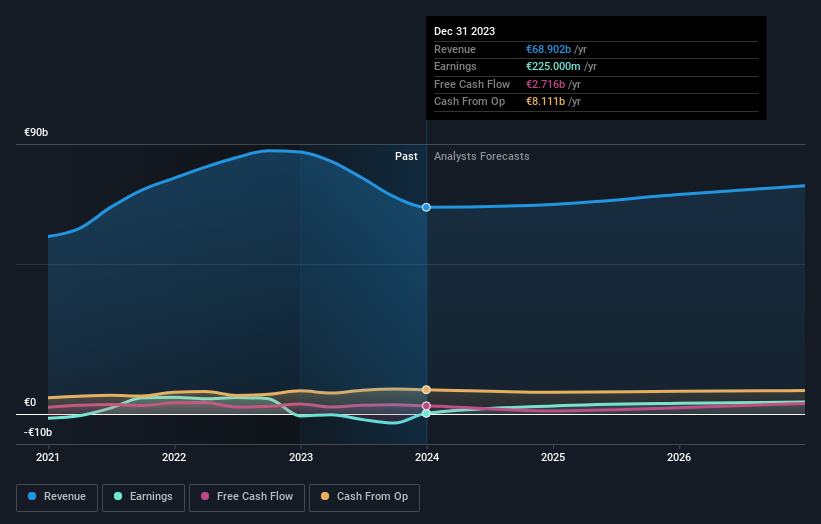
XTRA: BASF earnings and revenue growth to March 17, 2024
Investors looking for growth in their portfolio may want to consider a company's prospects before purchasing its stock.
Buying a great company with a strong outlook at a cheap price is always a good investment. So let’s also look at the company’s future expectations. With earnings expected to more than double over the next few years, the future looks bright for BASF. It seems likely that the stock will have higher cash flows, leading to a more ideal valuation.
Source










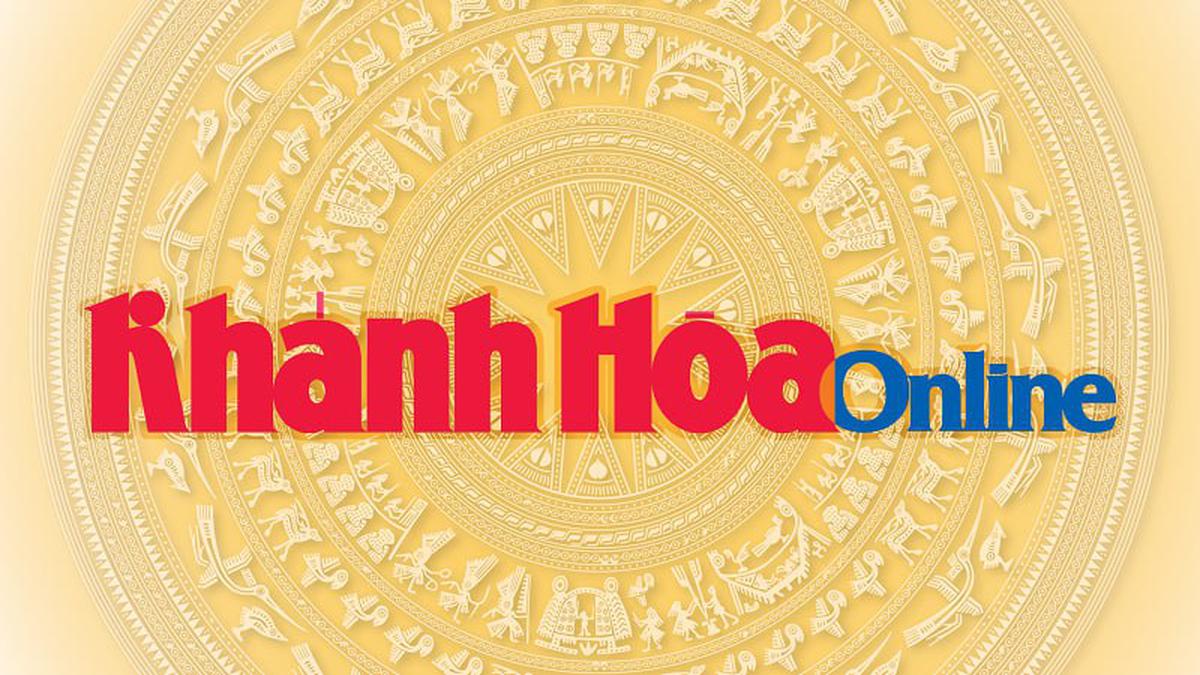












![[Photo] National Assembly Chairman attends the seminar "Building and operating an international financial center and recommendations for Vietnam"](https://vphoto.vietnam.vn/thumb/1200x675/vietnam/resource/IMAGE/2025/7/28/76393436936e457db31ec84433289f72)































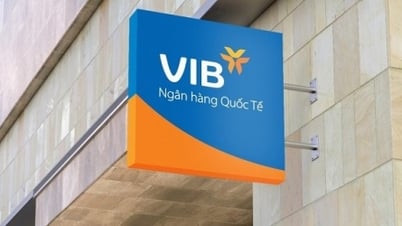













































Comment (0)